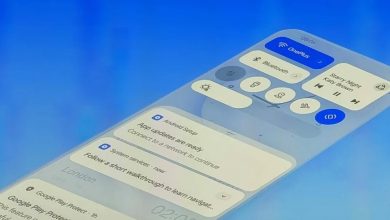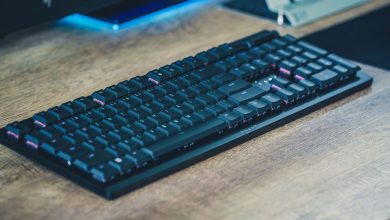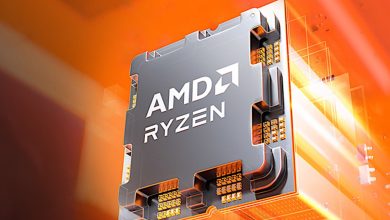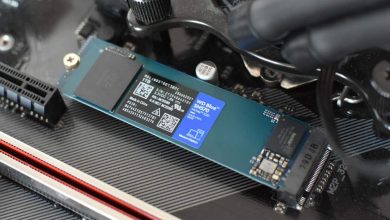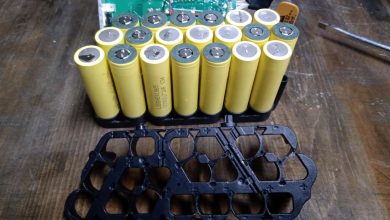What is a Digital Twin & How Does It Work? Know Everything
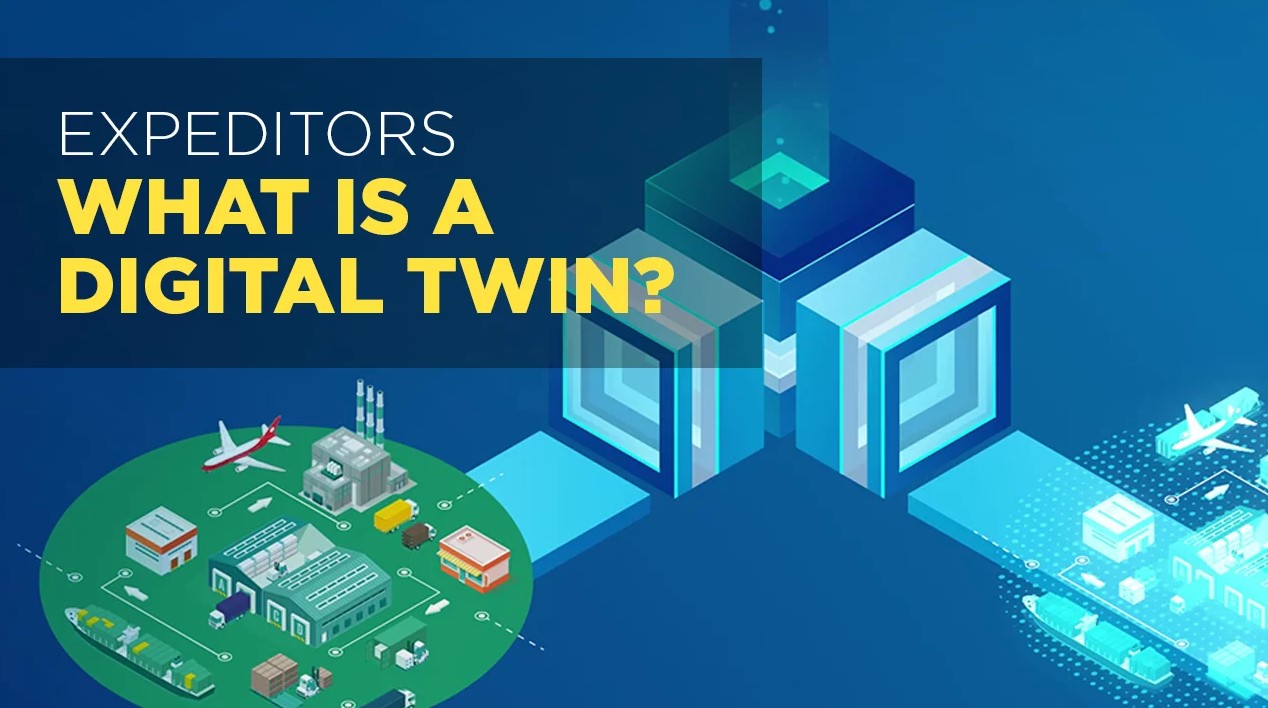 A Digital Twin: Origin, Types, Examples
A Digital Twin: Origin, Types, Examples
A digital twin is a virtual representation that acts as the digital counterpart of a physical object or process in real-time. Though the concept was first proposed by Michael Grieves of the University of Michigan in 2002, the first practical definition of a digital twin was developed by NASA in 2010 to improve the physical-model simulation of spacecraft.
Digital twins result from ongoing innovation in product design and engineering activities. Product drawings and engineering specifications have evolved from hand-drawn to computer-aided drafting/design to model-based systems engineering.
Basically, A digital twin is a virtual model of a physical object. It spans the object’s lifecycle and uses real-time sensor data to simulate behaviour and monitor activity.
Origin
Mirror Worlds, David Gelernter’s 1991 book, predicted digital twins. Michael Grieves of the Florida Institute of Technology pioneered using digital twins in manufacturing. Grieves, then of the University of Michigan, publicly introduced the concept and model of the digital twin in 2002 at a Society of Manufacturing Engineers conference in Troy, Michigan.
Grieves proposed the digital twin as the underlying conceptual product lifecycle management (PLM) model. The concept, which had a few different names, was later dubbed the “digital twin” by NASA’s John Vickers in a 2010 Roadmap Report.
The concept comprises the physical, digital/virtual products and the connections between the two products. Data that flows from the physical product to the digital/virtual product and information from the digital/virtual product to the physical environment are the connections between the physical product and the digital/virtual product.
Types of Digital Twin
Later, the concept was subdivided into types. The prototype (DTP), digital instance (DTI), and digital twin aggregate are the three types (DTA). The DTP comprises the designs, analyses, and processes to create a physical product. The DTP exists before the physical product. Once a product is manufactured, the DTI becomes the digital of each individual instance.
The DTA aggregates DTIs whose data and information can be used for physical product interrogation, prognostics, and learning. Use cases drive the specific information contained in digital twins. Because the digital twin is a logical construct, the data and information may reside in other applications.
Furthermore, the Twin can be divided into three subcategories based on the degree of data. Information flow between the physical part and the digital copy may occur: Digital Model (DM), Digital Shadow (DS), and Digital Twin. Digital in the workplace is frequently regarded as a component of robotic process automation (RPA). According to industry analyst firm Gartner, it is a component of the broader and emerging “hyper-automation” category.
Examples
The use of 3D modelling to create digital companions for physical objects is an example of twins. It can be used to view the status of the actual physical object, allowing physical objects to be projected into the digital world. For example, when sensors collect data from a connected device, the data can be used to continuously update a “digital twin” copy of the device’s state.
The concept of a It is also called a “device shadow.” The digital twin is intended to be a current and accurate representation of the physical object’s properties and states, such as shape, position, gesture, status, and motion.
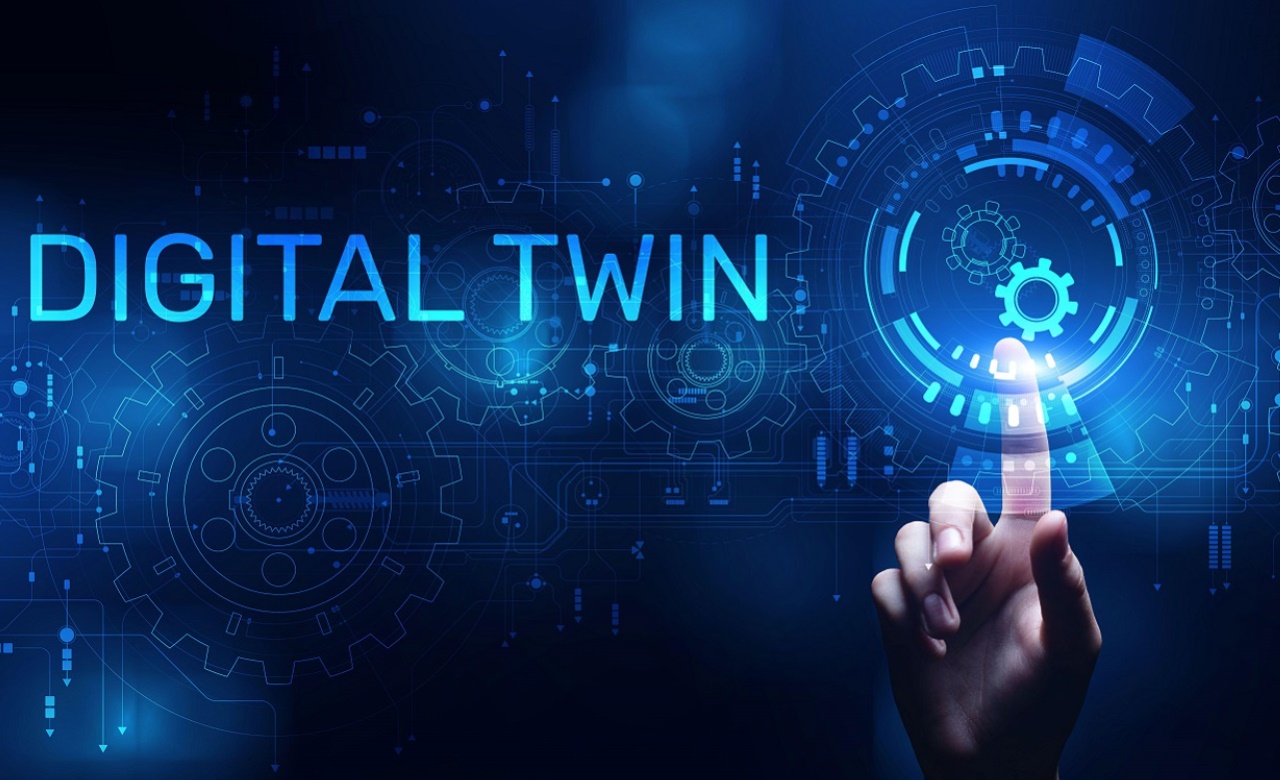
A digital twin can also optimize asset performance and utilization through monitoring, diagnostics, and prognostics. Sensory data can be combined with historical data, human expertise, and fleet and simulation learning to improve prognostics. As a result, complex prognostics and intelligent maintenance system platforms can use digital twins to solve problems and increase productivity.
Digital twins of autonomous vehicles and their sensor suite embedded in a traffic environment simulation have also been proposed to overcome the significant development testing validation challenges for automotive applications, particularly when the related algorithms are based on artificial intelligence approaches that necessitate extensive training and validation data sets.
Dynamics Industry Level
The digital twin is causing havoc throughout the product lifecycle management (PLM) process, from design to manufacturing to service and operations. PLM is now very time-consuming in terms of efficiency, manufacturing, intelligence, service phases, and product sustainability. A digital twin can connect the physical and virtual worlds of a product.
The digital twin allows businesses to create a digital footprint for all their products, from design to development and throughout the product life cycle. Digital twins are causing significant disruption in manufacturing industries. The twin is a virtual replica of near-real-time occurrences in the manufacturing process.
Thousands of sensors are installed throughout the physical manufacturing, collecting data from various dimensions. Such as environmental conditions, machine behaviour, and work being performed. The digital twin communicates and collects all of this data in real time. Digital twins have become more affordable due to the Internet of Things.
They may drive the future of the manufacturing industry. Engineers benefit from the real-world application of products designed virtually by the twins. Advanced product and asset maintenance and management methods are now possible because there is a digital twin of the real ‘thing’ with real-time capabilities. By predicting the future rather than analyzing the past of the manufacturing process, digital twins offer significant business potential.
Compliance Issues of Digital Twin
Digital twins’ representation of reality enables manufacturers to move toward ex-ante business practices. The future of manufacturing is driven by four factors: modularity, autonomy, connectivity, and digital twin. Opportunities for increased productivity are emerging as the stages of a manufacturing process become more digitalized. This begins with modularity and progresses to increased production system effectiveness.
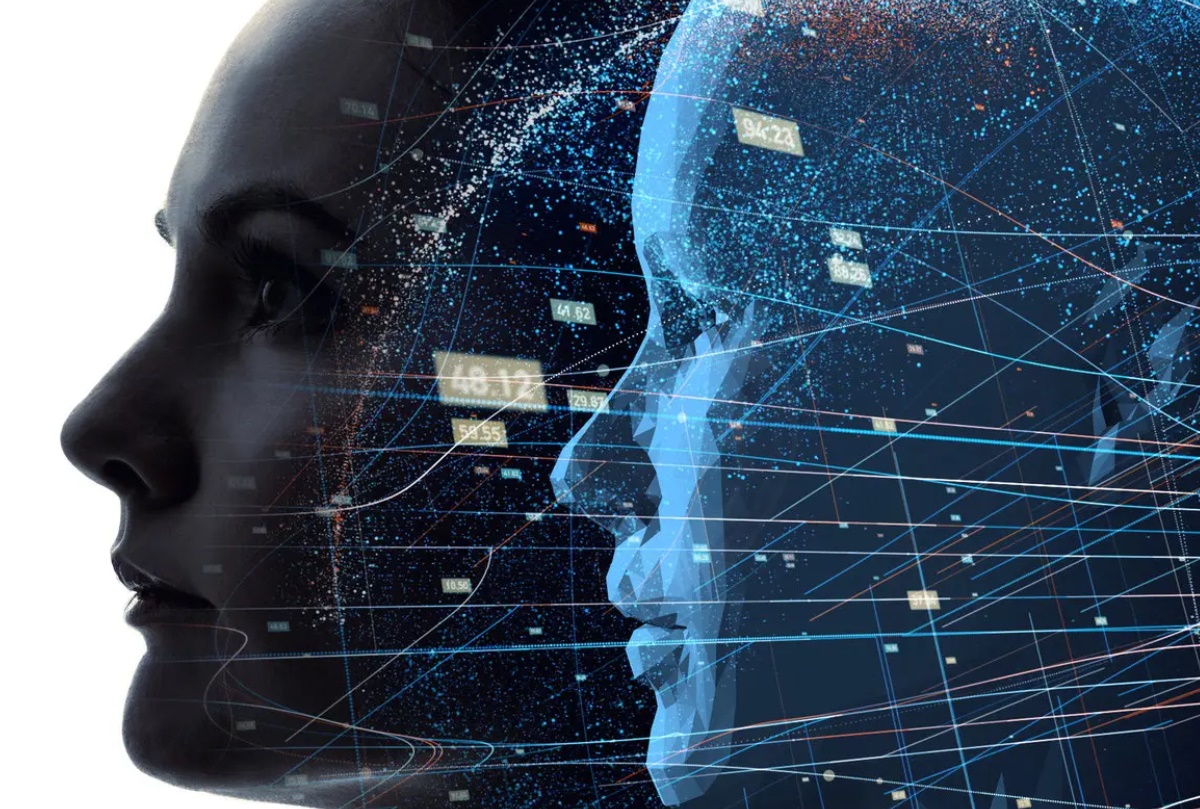
Furthermore, autonomy allows the production system to respond to unanticipated events promptly and intelligently. Finally, connectivity, like the Internet of Things, closes the digitalization loop. Following the subsequent product design and promotion cycle, it will be optimized for higher performance.
When products can detect a problem before it breaks down, customer satisfaction and loyalty may increase. Furthermore, as storage and computing costs fall, so will the number of applications for digital twins. Data integration, organizational, and compliance issues can stymie the implementation of Digital Twins and their benefits.

